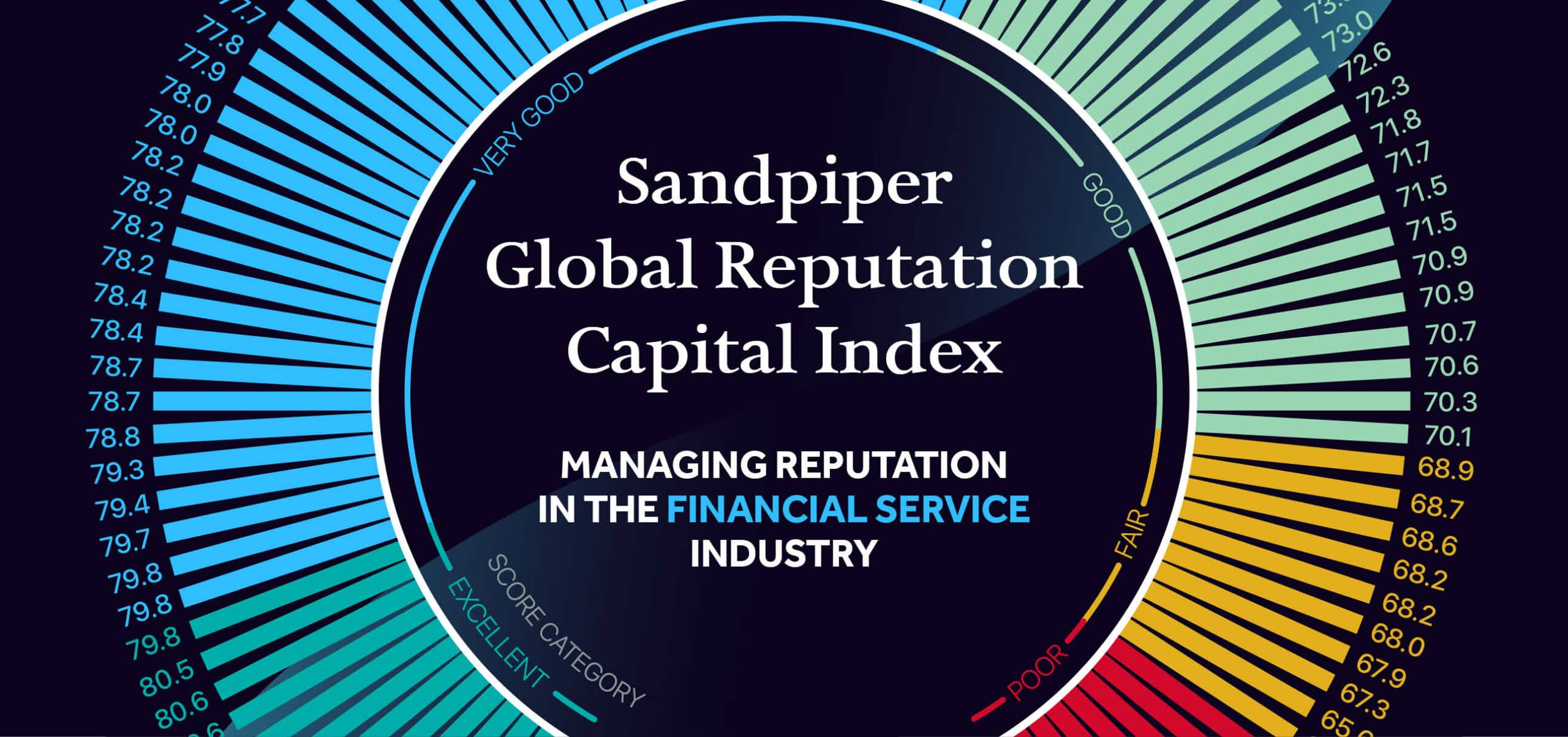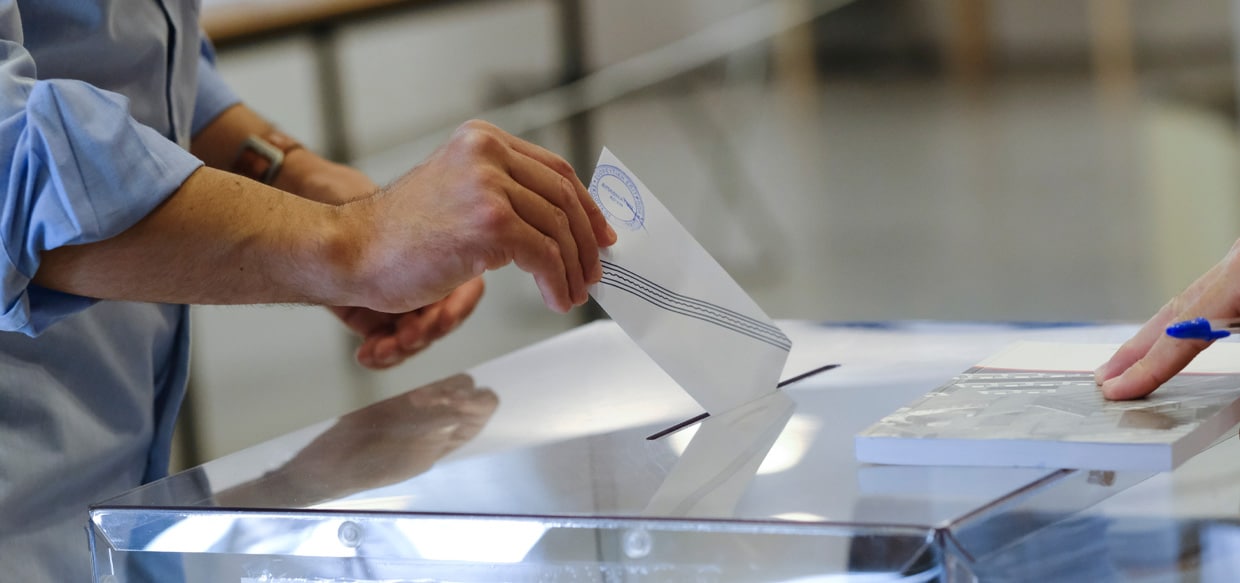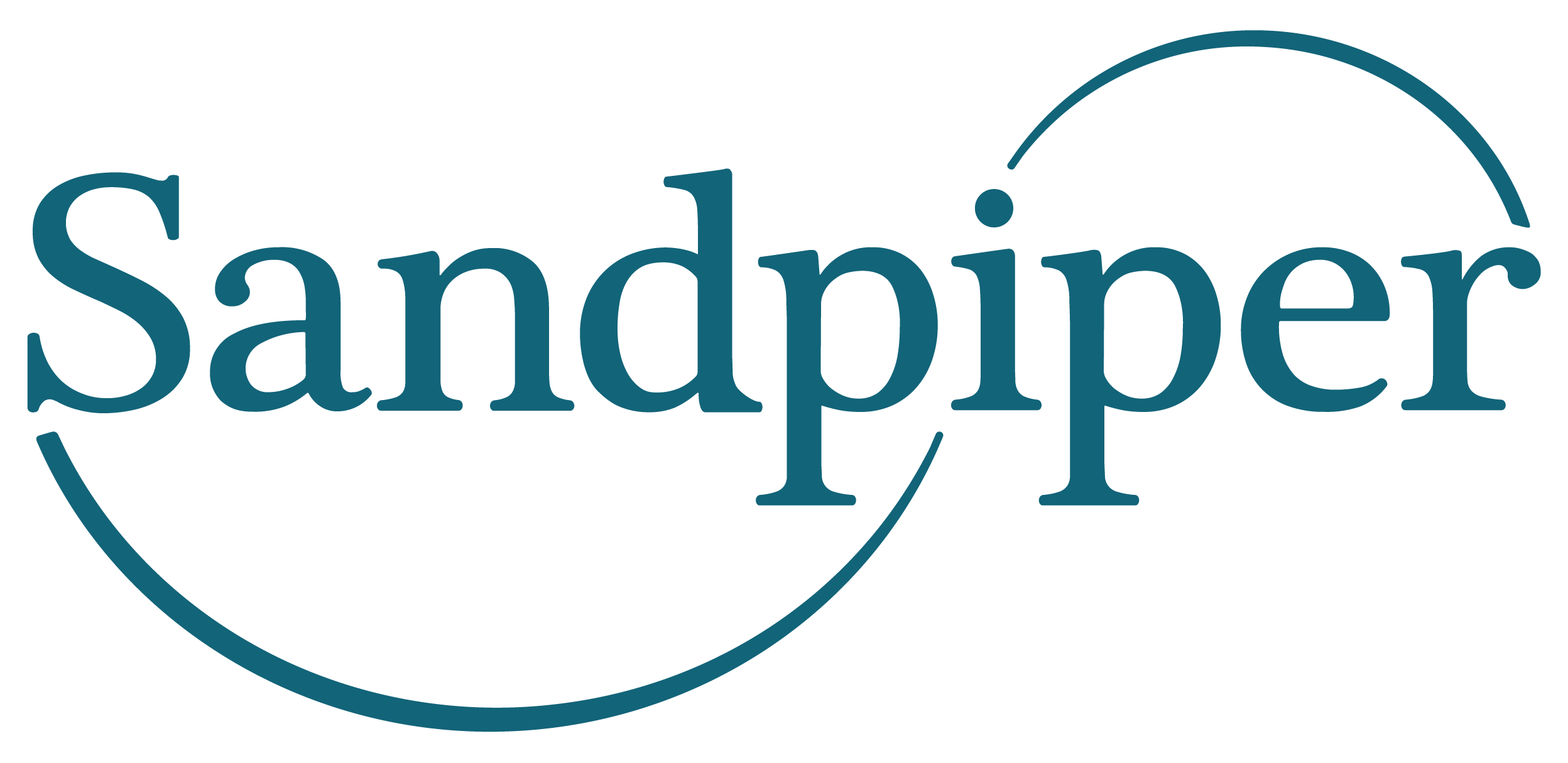
Sandpiper Tech Insights: AI and Cybersecurity – Friend or Foe?
Payment for Innovative Drugs and Devices in Asia Pacific: Challenges and Opportunities for Healthcare and Communicators
July 2025

By Qianzhou Lou. Based in Beijing and working at Sandpiper Health, Qianzhou has extensive experience in advising healthcare clients on strategic communications
Affordability of innovative drugs and devices in Asia Pacific have emerged as a critical issue for providing, and communicating, accessible and quality healthcare solutions.
Innovative drugs and devices are being made more accessible in general across the region, while public healthcare coverage differs substantially from country to country, giving rise to a range of hybrid, multi-payment systems and different types of public-private partnerships. This poses great opportunity, but also challenges, for drug and device manufacturers, as well as healthcare providers – and especially healthcare communicators.
How can we ensure effective communication encourages use and efficacy of innovative drugs and devices within multi-payment systems across diverse patient populations whose healthcare literacy varies substantially across the region?
We’ve explored the multi-payment systems in Asia Pacific, the similarities and differences, and the impacts on effective healthcare communications.
Tackling Increasing Costs and Demand While Improving Access
While the emergence of innovative drugs and devices has increasingly made available effective treatments for many major and rare diseases, the associated substantial investments into R&D often mean high prices for patients, leaving them vulnerable to potentially catastrophic health expenditure should they rely solely on individual payments.
In the Asia Pacific region, the public and private sectors are working hard to address healthcare affordability and support development of innovative financing solutions. The challenge is tackling increasing healthcare costs and demands, while improving accessibility. Many countries in the region have been working towards multi-payment mechanisms for innovative drugs and devices, with a universal health coverage system for covering essential healthcare services, coupled with private insurance products, mutual aid platforms, and charitable donation-based crowdfunding to split the cost of innovative solutions.
Mature Markets in Asia Pacific – Australia and Singapore
Taking the payment for highly innovative and specialised CAR-T therapies as an example, with high costs and limited public reimbursement, collaborative funding mechanisms are essential to address the challenge of affordability. Some mature markets such as Australia, Singapore, Japan, and South Kore do have public reimbursement for CAR-T products, but also encourage the public to supplement the costs in other ways.
In Australia, CAR-T Therapies provided in public hospitals are covered by Medicare Benefits Schedule (MBS). While private hospitals do not routinely offer CAR-T therapy as part of standard care, they can potentially provide it to self-paying patients if they obtain the necessary accreditation. However, this is not yet a widespread practice.
Singapore’s universal access to innovative healthcare treatments is primarily ensured by its comprehensive financing framework, known as the “S+3M” system—comprising government subsidies, mandatory health savings accounts (MediSave), universal catastrophic insurance (MediShield Life), and a government safety net fund (MediFund). While public-private partnerships support healthcare infrastructure and service delivery, they do not themselves guarantee access or affordability.
Developing Markets in Asia Pacific – The Case of China
In other markets where patients must cover treatment with self-pay channels, innovative financing solutions and partnerships are being explored to address affordability concerns. Outcome-based insurance, patient assistance programmes, and Managed Entry Agreements have been adopted across Asia Pacific and in other regions to reduce the financial burden on patients. Below we look at the example of China and what solutions that are in place there.
China has developed a multi-layered payment system for innovative therapies, including CAR-T treatments, with commercial health insurance playing the primary role in funding. Although the National Reimbursement Drug List has expanded to include 126 new drugs, including 15 rare-disease therapies in 2023, it does not yet explicitly cover CAR-T products in public reimbursement schemes. Specialized insurance mechanisms for high-cost or rare therapies, such as critical-illness riders and outcome-based payment plans, are still in their early stages for CAR-T and are mainly provided through commercial insurers and city-level “Huimin Bao” schemes. The government has initiated plans for a dedicated Category C Drug List to create a supplementary reimbursement channel for innovative medicines, but this list is still in draft form and undergoing public consultation.
These examples highlight how different markets across the Asia Pacific region are exploring and finding divers methods for navigating the challenges of rising demand and high costs in combination with balancing the needs for financial prudence, affordability and accessibility.
The Challenges and Opportunities for Healthcare Communicators
As we pointed out initially, healthcare literacy varies substantially in different countries across the Asia Pacific region, and the same clearly applies to the wide variety of approaches to payment solutions for innovative drugs and devices. How do we, as healthcare communicators, ensure that patients gain a clear understanding of their treatment and payment options?
As we have found in other areas of healthcare communications, emerging and diverse needs, across stakeholder groups, lead to greater needs for effective communications. Business leaders and communicators must ensure that communication is –
– Clear: The very varied levels of healthcare literacy in countries across the Asia Pacific region mean clarity is more important than ever.
– Informed: Deep understanding of health solutions, hybrid multi-payment systems, and patient groups in Asia Pacific are all essential.
– Adaptive: Different approaches taken in different markets across the region mean messaging needs to be adapted for effective communication.
We believe that the Asia Pacific region will continue to develop new funding methods for innovative drugs and devices solutions and strive further to provide improved, quality healthcare to their diverse populations. Many of these approaches can also become learning experiences for other markets.
Companies within the healthcare sector should closely monitor the latest public and private sector developments, while keeping tabs on funding trends to best understand the pathways to connect patients with the latest innovative medicines and treatments – as well as understand how to communicate effectively with patients, and other stakeholders across the Asia Pacific region.
Related news & insights:
-

Sandpiper Reputation Capital Research: Managing Reputation in the Financial Services Sector
-

A World Recalibrating: Strategic US Absenteeism is Accelerating ASEAN’s Regional Integration
-

New research from Sandpiper reveals business leaders blame the US more than China for trade war, believe US should make first moves to de-escalate


